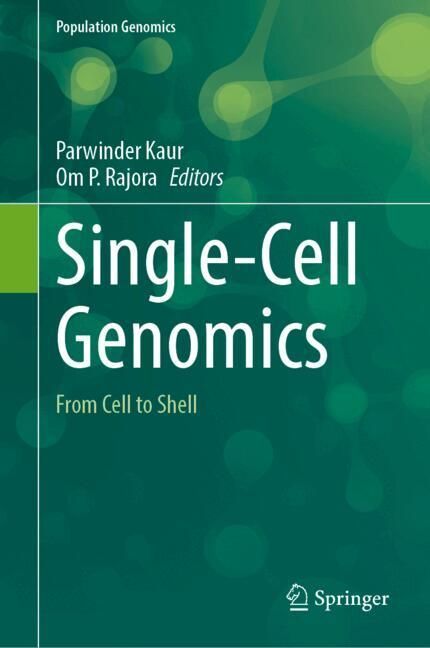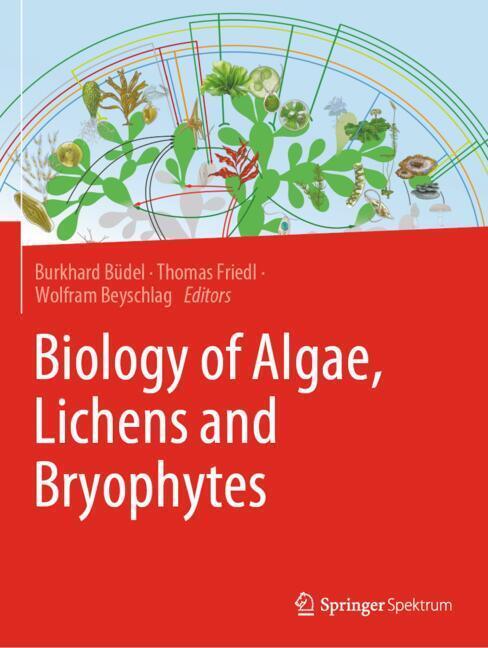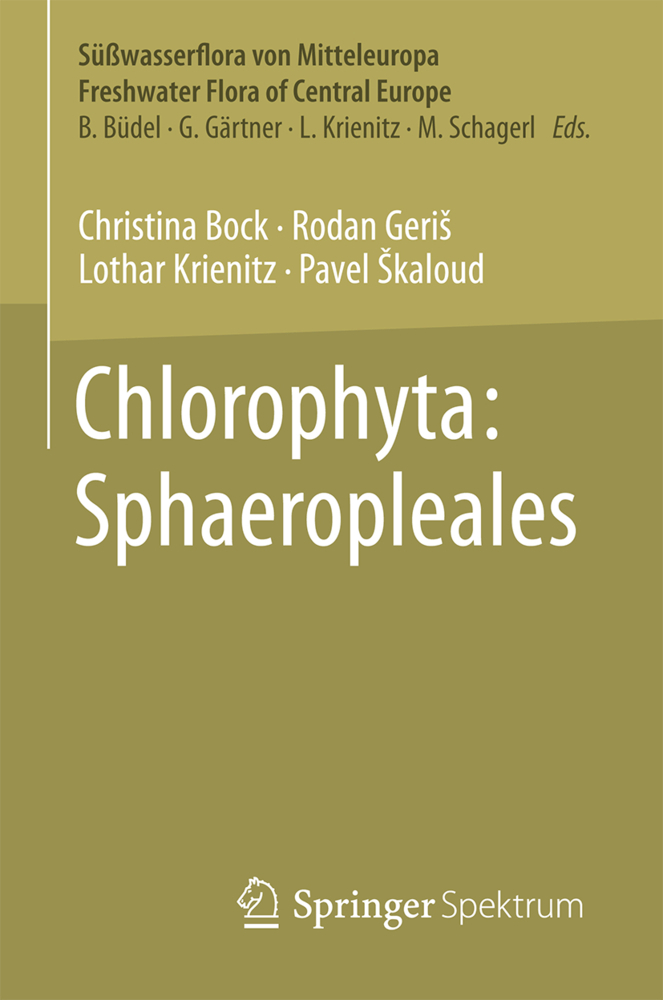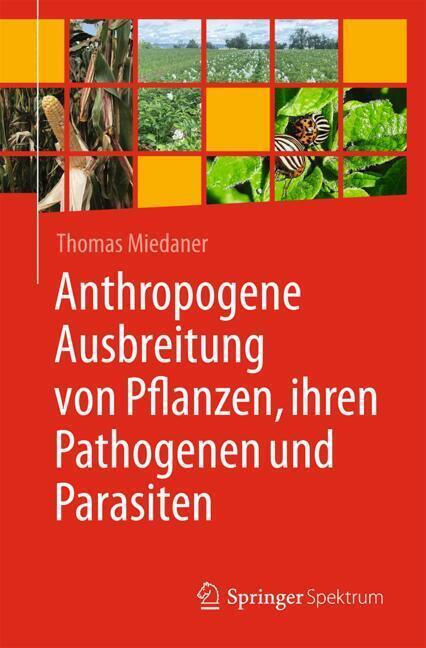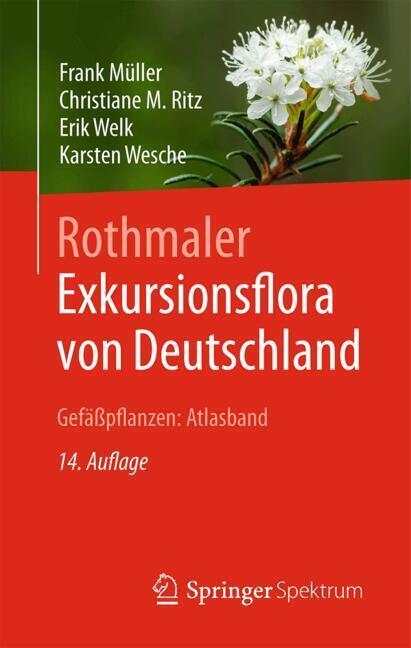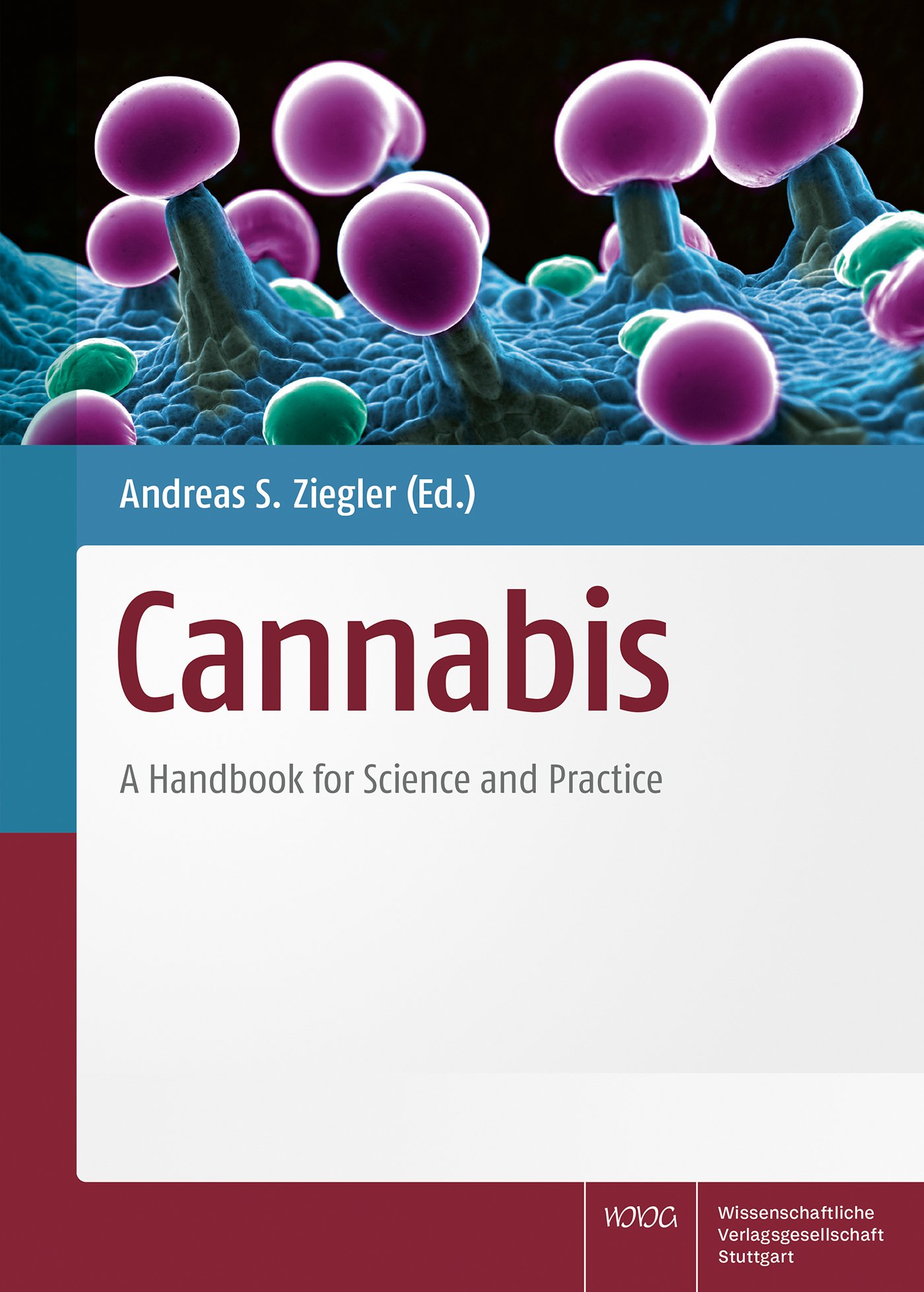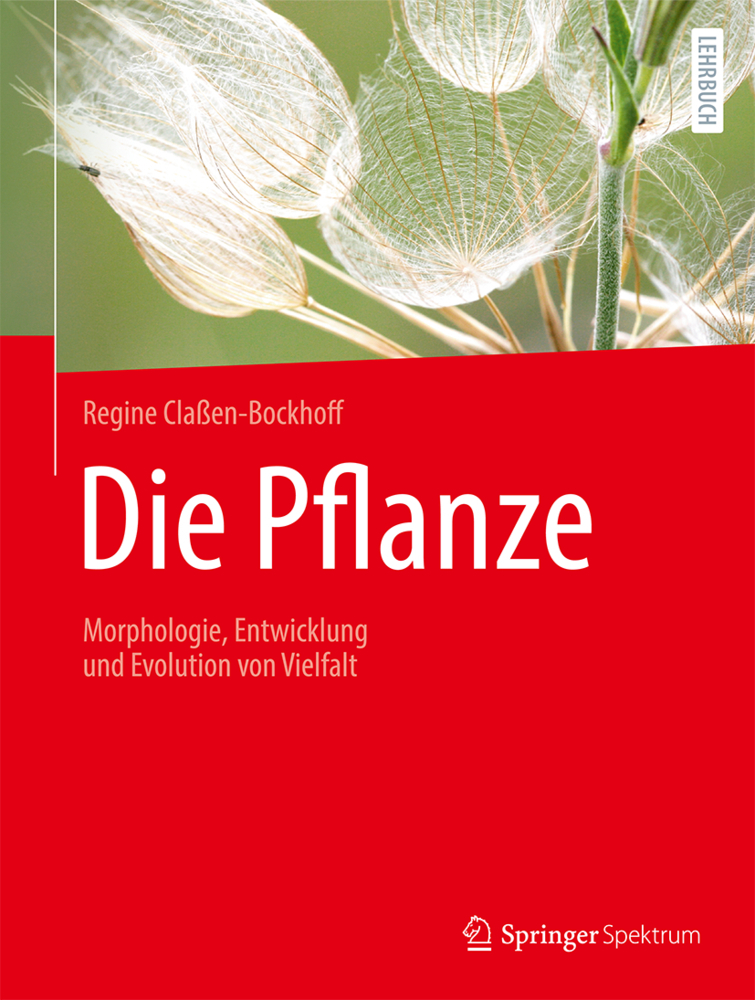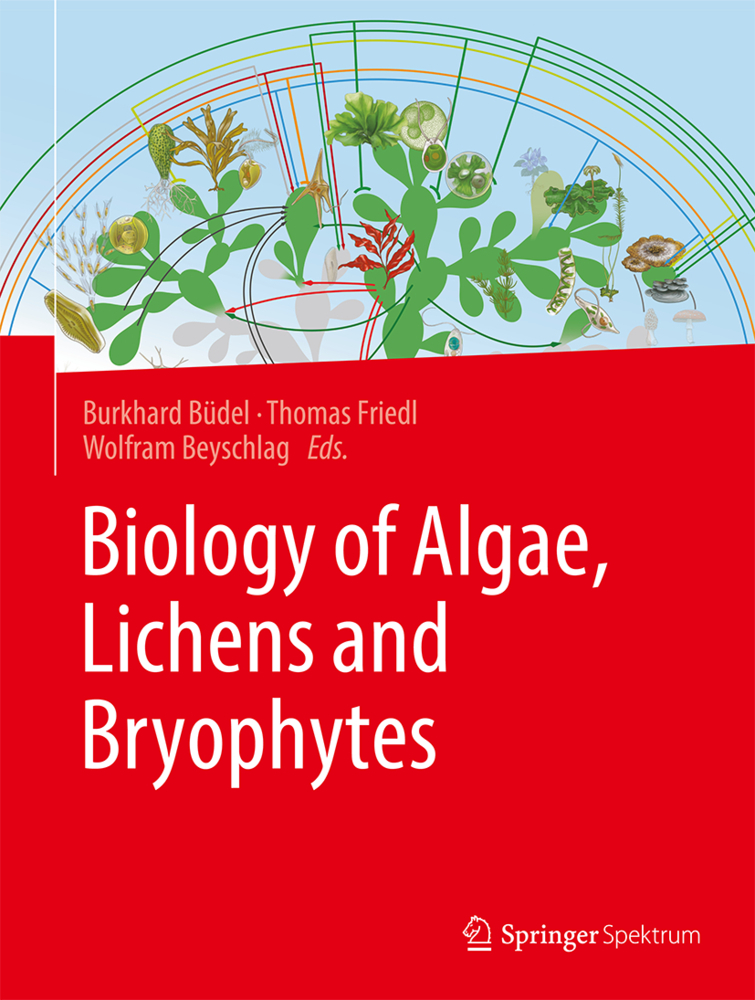In plant cells, the plasma membrane is a highly elaborated structure that functions as the point of exchange with adjoining cells, cell walls and the external environment. Transactions at the plasma membrane include uptake of water and essential mineral nutrients, gas exchange, movement of metabolites, transport and perception of signaling molecules, and initial responses to external biota. Selective transporters control the rates and direction of small molecule movement across the membrane barrier and manipulate the turgor that maintains plant form and drives plant cell expansion. The plasma membrane provides an environment in which molecular and macromolecular interactions are enhanced by the clustering of proteins in oligimeric complexes for more efficient retention of biosynthetic intermediates, and by the anchoring of protein complexes to promote regulatory interactions. The coupling of signal perception at the membrane surface with intracellular second messengers also involves transduction across the plasma membrane. Finally, the generation and ordering of the external cell walls involves processes mediated at the plant cell surface by the plasma membrane. This volume is divided into three sections. The first section describes the basic mechanisms that regulate all plasma membrane functions. The second describes plasma membrane transport activity. The final section of the book describes signaling interactions at the plasma membrane. These topics are given a unique treatment in this volume, as the discussions are restricted to the plasma membrane itself as much as possible. A more complete knowledge of the plasma membrane's structure and function is essential to current efforts to increase the sustainability of agricultural production of food, fiber, and fuel crops.
1;Editors;6 2;Preface;8 3;Contents;12 4;Section I Plasma Membrane Structure and Basic Functions;16 4.1;Lipids of the Plant Plasma Membrane;17 4.1.1;1 Biochemical Analysis of Plant Plasma Membrane;18 4.1.1.1;1.1 Isolation of Highly Purified Plasma Membrane Fractions from Plant Tissues;18 4.1.1.2;1.2 Lipid Content of Plant Plasma Membrane;18 4.1.1.2.1;1.2.1 Glycerolipids;20 4.1.1.2.1.1;Structural Glycerolipids;22 4.1.1.2.1.2;Phosphoinositides;24 4.1.1.2.1.3;PI(3)P and PI 3-Kinase;24 4.1.1.2.1.4;PI(4)P and PI 4-Kinase;26 4.1.1.2.1.5;PI(5)P;27 4.1.1.2.1.6;PI(4,5)P2 and PIP Kinase;27 4.1.1.2.1.7;Phosphatidic Acid/Diacylglycerol Pyrophosphate;27 4.1.1.2.2;1.2.2 Sphingolipids;27 4.1.1.2.3;1.2.3 Plant Sterols;29 4.1.1.3;1.3 Asymmetrical Distribution of Lipids Across the Plasma Membrane;32 4.1.2;2 Evidence for Membrane Domains in the Plant Plasma Membrane;33 4.1.2.1;2.1 Organization of Lipids Within the Plasma Membrane: The Concept of Membrane Rafts;33 4.1.2.2;2.2 Characterization of Detergent-Insoluble Plasma Membranes from Plants;35 4.1.2.2.1;2.2.1 Sterols;35 4.1.2.2.2;2.2.2 Sphingolipids;36 4.1.2.2.3;2.2.3 Phospholipids;36 4.1.2.2.4;2.2.4 Protein Content;37 4.1.2.3;2.3 Visualization of Rafts in Plant Plasma Membrane;38 4.1.2.4;2.4 Putative Roles of Plasma Membrane Raft in Plant Biology;38 4.1.3;3 Conclusions;40 4.1.4;References;40 4.2;Plasma Membrane Protein Trafficking;45 4.2.1;1 Types of Trafficking at the Plasma Membrane;45 4.2.2;2 Exocytosis/Secretion/Anterograde Trafficking;47 4.2.2.1;2.1 Clathrin-Coated Vesicles;48 4.2.2.2;2.2 Adaptins and Adaptor Protein Complexes;49 4.2.2.3;2.3 Vesicle Fusion with the Plasma Membrane;50 4.2.2.4;2.4 Exocyst;52 4.2.2.5;2.5 Secretory Vesicle Cluster;52 4.2.2.6;2.6 The Microtubule-Associated Cellulose Synthase Compartment;53 4.2.3;3 Endocytosis/Retrograde Trafficking;53 4.2.3.1;3.1 Clathrin-Mediated Endocytosis;54 4.2.3.2;3.2 Receptor-Mediated Endocytosis;55 4.2.3.3;3.3 Sorting and the Return Trip to the PM;57 4.2.3.4;3.4 Endosomes and Multivesicular Bodies;58 4.2.4;4 Role of the Cytoskeleton in Plasma Membrane Protein Trafficking;59 4.2.4.1;4.1 Actin;59 4.2.4.2;4.2 Microtubules;60 4.2.5;5 Models of Trafficking;60 4.2.5.1;5.1 Constitutive;62 4.2.5.2;5.2 Induced;62 4.2.5.3;5.3 Specialized;63 4.2.6;6 Concluding Remarks;64 4.2.7;References;64 4.3;The Plasma Membrane and the Cell Wall;71 4.3.1;1 Introduction;71 4.3.2;2 Primary and Secondary Cell Walls;72 4.3.2.1;2.1 Primary Cell Walls;74 4.3.2.2;2.2 Secondary Cell Walls;75 4.3.3;3 Golgi-Associated Cell Wall Metabolism;76 4.3.4;4 Apoplastic Components and Processes;78 4.3.4.1;4.1 Expansins and Glycosyl Hydrolases;78 4.3.4.2;4.2 Nonenzymatic Apoplastic Proteins;79 4.3.4.3;4.3 Glycosylphosphatidylinositol Anchors;80 4.3.5;5 Callose;81 4.3.6;6 Cellulose;82 4.3.6.1;6.1 The Cellulose Synthase A Complex;82 4.3.6.2;6.2 Structural Organization of the CESA Proteins;83 4.3.6.3;6.3 Cellulose Synthesis;84 4.3.6.4;6.4 Mutational Analyses of Cell Wall Formation;84 4.3.6.4.1;6.4.1 Mutations Affecting Cellulose Formation in the Primary Cell Wall;84 4.3.6.4.2;6.4.2 Mutations Affecting Secondary Cell Wall Cellulose;86 4.3.6.5;6.5 Inhibitory Drugs;87 4.3.7;7 Cell Wall Signaling;87 4.3.7.1;7.1 Receptor-Like Kinases;88 4.3.7.2;7.2 Wall-Associated Kinases;88 4.3.8;8 Outlook;90 4.3.9;References;90 4.4;Plasmodesmata and Non-Cell-Autonomous Signaling in Plants;100 4.4.1;1 Introduction;101 4.4.2;2 Plasmodesmata Are Membrane-Lined Cytoplasmic Channels;102 4.4.3;3 Formation of Plasmodesmata;104 4.4.3.1;3.1 Primary Plasmodesmata;104 4.4.3.2;3.2 Secondary and Modified Plasmodesmata;104 4.4.4;4 Plasmodesmata in Lower Plants;106 4.4.4.1;4.1 Brown Algae: Laminaria;107 4.4.4.2;4.2 Green Algae: Chara;107 4.4.4.3;4.3 Bryophytes;108 4.4.5;5 Proteins Localized at or Near Plasmodesmata;108 4.4.6;6 PD Mediate Macromolecular Trafficking;109 4.4.6.1;6.1 KN1 Moves Through Plasmodesmata to Act Non-Cell-Autonomously;110 4.4.6.2;6.2 CPC and SHR ;111 4.4.6.3;6.3 Mechanism of PD Trafficking;113 4.
Murphy, Angus S.
Schulz, Burkhard
Peer, Wendy
| ISBN | 9783642134319 |
|---|---|
| Artikelnummer | 9783642134319 |
| Medientyp | E-Book - PDF |
| Auflage | 2. Aufl. |
| Copyrightjahr | 2010 |
| Verlag | Springer-Verlag |
| Umfang | 494 Seiten |
| Sprache | Englisch |
| Kopierschutz | Digitales Wasserzeichen |



